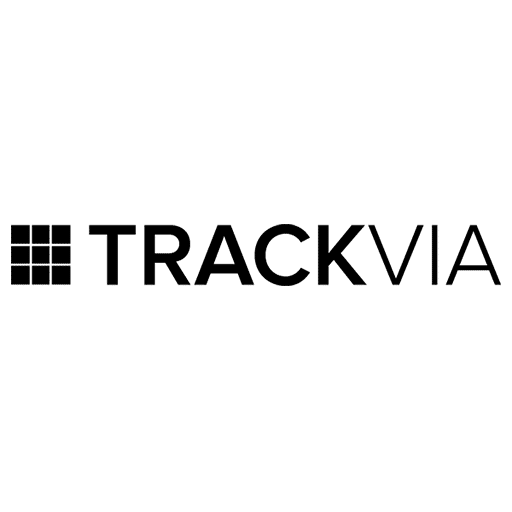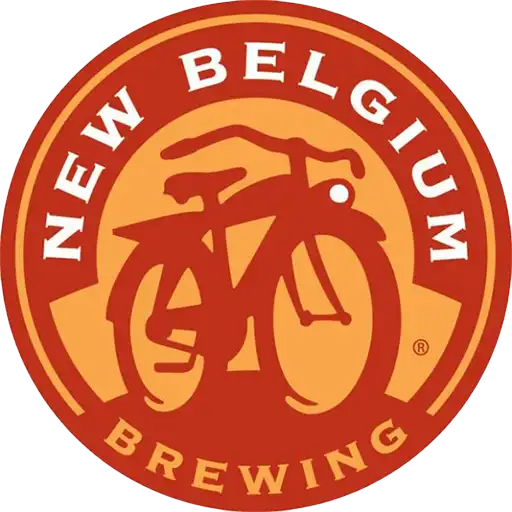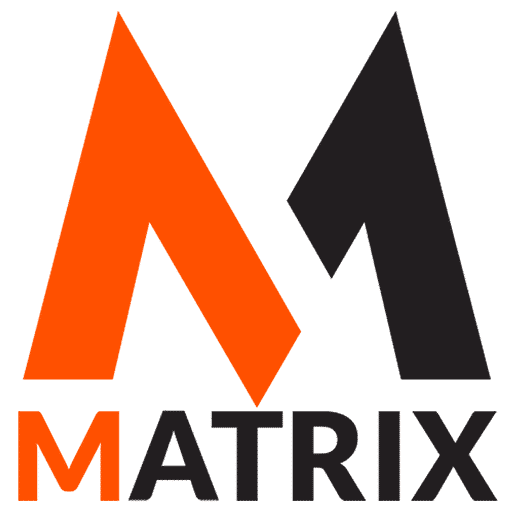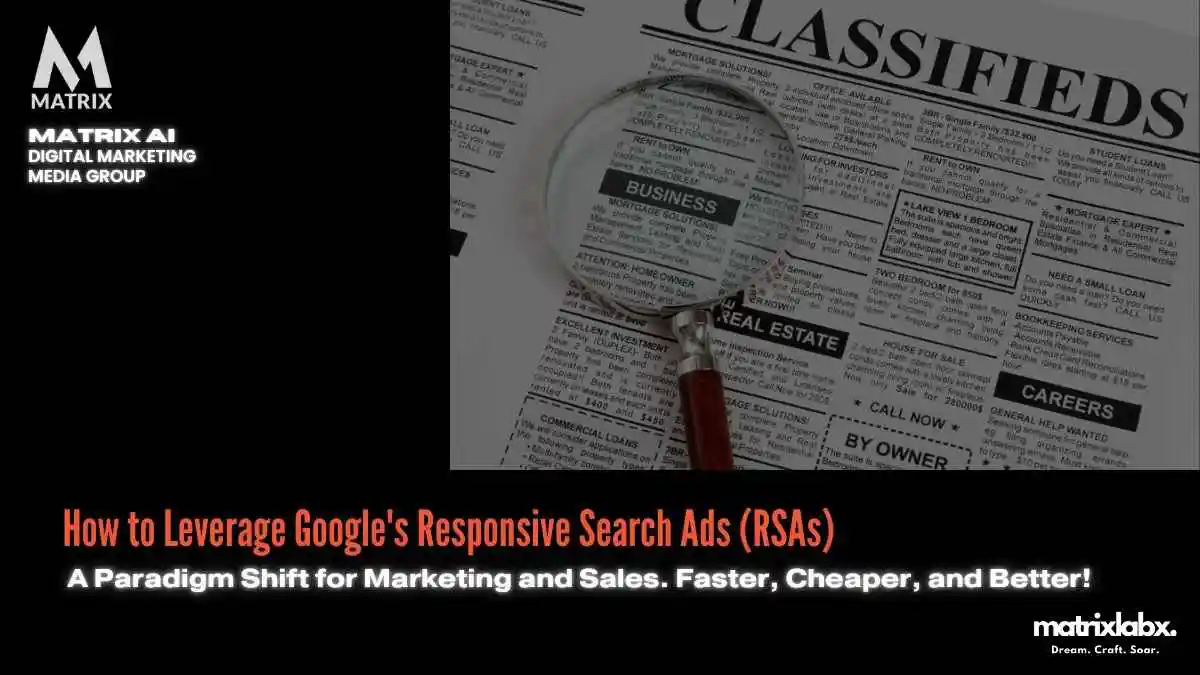How to Leverage Google’s Responsive Search Ads (RSAs)
Learn How to Leverage Google’s Responsive Search Ads (RSAs) for More Sales.
Introduction
Google is sunsetting call-only ads, which means businesses that rely on direct phone leads need a new strategy—fast.
But don’t worry, you’re not out of options. There are smarter ways to drive high-intent calls and keep your conversions strong.
The Evolution of Search Advertising
Imagine a decade ago when search ads were mostly static. A marketer had to manually test multiple ad combinations to decipher the most effective message for their audience—a time-consuming and often imprecise task.
Fast-forward to today. A significant statistic from Google reveals that advertisers implementing machine learning in ad campaigns, like those used in Responsive Search Ads (RSAs), see an average of 20% increase in conversions at a similar cost per conversion (Google, 2021).
This shift underscores a technological transformation and a strategic evolution in digital advertising.
Background on Responsive Search Ads
Introduced by Google, Responsive Search Ads represent a leap in ad technology. RSAs allow advertisers to create more flexible and efficient ads than ever before.
By entering multiple headlines and descriptions, Google’s machine learning algorithms automatically test combinations and learn which ad performs best for various search queries. This approach saves time and optimizes ad performance by aligning more closely with user intent and context.
RSAs can display up to three headlines instead of two and up to two 90-character descriptions, giving them a larger footprint in search results.
According to Google, this flexibility increases ad engagement, providing advertisers with a better tool to capture the attention of their target audience. Furthermore, RSAs adapt their messaging based on device type, browsing behavior, and other factors, making them a cornerstone of modern search advertising strategies.
This article explores the nuanced dynamics of Google’s Responsive Search Ads, providing a detailed guide on effectively leveraging RSAs to maximize advertising performance and achieve marketing objectives. By understanding and implementing the strategic practices outlined here, advertisers can harness the full potential of RSAs to enhance their digital marketing campaigns.
Google Ads Checklist – Download Now! 🚀
Struggling to get the most out of your Google Ads? 🔥 Download our Google Ads Optimization Checklist and take your campaigns to the next level!
✅ Maximize Clicks & Conversions
✅ Lower Your Cost-Per-Click (CPC)
✅ Improve Ad Quality Scores
✅ Target the Right Audience
This free checklist will help you set up, optimize, and scale your Google Ads campaigns for maximum ROI.
Unlocking the Power of Google’s Responsive Search Ads (RSAs)
In the ever-evolving world of digital marketing, Google’s Responsive Search Ads (RSAs) empower businesses to maximize their advertising potential. But what exactly are RSAs, and how can you effectively leverage them to take your campaigns to the next level?
Who Should Use RSAs? RSAs are ideal for advertisers of all sizes, from small businesses looking to increase local visibility to large corporations aiming for broader reach. IRSAs could be a game changer if you aim to capture more clicks and engage diverse audiences,
What Are RSAs? Responsive Search Ads are a dynamic ad format that allows you to input multiple headlines and descriptions. Google’s machine learning algorithms combine these elements to create tailored ads that more effectively match user searches. This adaptability promotes improved performance and greater engagement.
Where to Implement RSAs? You can implement RSAs within your Google Ads account. Navigate to the ‘Ads & Extensions’ section, select ‘Responsive Search Ad,’ and start crafting your ads with diverse messaging. You’ll reach your target audience across Google Search results, giving you the flexibility to respond to varying search queries.
How to Leverage RSAs Effectively:
- Diverse Headline and Description Variations: Input a wide range of relevant headlines and descriptions to maximize the ad combinations Google can generate.
- Use Keywords Strategically: Incorporate important keywords that resonate with your audience and improve ad relevance.
- Monitor Performance: Regularly analyze performance metrics in your Google Ads dashboard and adjust your headlines and descriptions to optimize results.
- A/B Test: Experiment with different variations to identify which combinations yield the best engagement and conversion rates.
By harnessing the power of Google’s Responsive Search Ads, you can create more effective campaigns that adapt to user searches, ultimately driving higher engagement and conversion rates. Start leveraging RSAs today and watch your advertising success soar!
Imagine you’re a chef in a world-renowned kitchen. Each dish you serve must cater to your diners’ unique tastes and dietary preferences. Google’s Responsive Search Ads (RSAs) work like this culinary challenge. Instead of ingredients, you have multiple headlines and descriptions at your disposal.
Just as you would tweak a recipe based on feedback and the ingredients’ performance to please a diner, RSAs automatically test different combinations of your text elements to determine which mix resonates best with your audience.
This technology is akin to having a sous chef who understands customer preferences. The sous chef constantly adjusts the proportions and ingredients to create a masterpiece tailored to each diner.
By leveraging RSAs, you’re not just putting words into the void; you’re meticulously crafting messages that adapt and evolve based on real-time feedback, maximizing your chances of winning over your audience’s tastes.
So, for marketing managers, using RSAs isn’t just about advertising; it’s about mastering the art of personalization and precision, ensuring every ad served is a Michelin-star contender in the vast culinary world of digital marketing.
Challenges and Opportunities in Leveraging Google’s Responsive Search Ads (RSAs)
Introduction to RSAs
Google’s Responsive Search Ads (RSAs) represent a significant evolution in digital advertising. They enable advertisers to create ads that automatically adapt to user queries.
RSAs utilize machine learning to combine headlines and descriptions, optimizing ad performance based on user interaction.
However, leveraging RSAs effectively involves navigating both challenges and opportunities.
Challenges
Complexity of Creation:
Diverse Messaging: Crafting multiple headlines and descriptions can be daunting. Advertisers must consider the nuances of their target audience and ensure that each combination is coherent and compelling.
Quality Control: Machine learning generates combinations, making it challenging to maintain brand voice and message consistency. Poorly constructed combinations may lead to ineffective messaging.
Performance Measurement:
Attribution Challenges: Determining which combinations of headlines and descriptions drive the best results can be complex, particularly with Google’s opaque reporting structures. Advertisers may find it difficult to identify which elements are contributing to success.
Learning Curve: Teams unfamiliar with responsive ads may face a steep learning curve. Understanding how to interpret RSA performance data and refine strategies can take time.
Over-reliance on Automation:
Loss of Control: Advertisers may feel less control over the creative output, relying heavily on Google’s algorithms. This can lead to ads not aligning with strategic objectives or branding initiatives.
Ad Fatigue: With many combinations generated, ads can become stale if not monitored and refreshed regularly.
Opportunities
Increased Relevance:
Dynamic Optimization: RSAs automatically tailor ad content to match user queries, potentially leading to higher click-through rates (CTR) and conversion rates. This relevance can significantly enhance user engagement and satisfaction.
Broader Reach: By testing multiple combinations, advertisers can capture a wider audience segment, as different messages may resonate with different users.
Efficiency and Time Savings:
Reduced Ad Creation Time: Advertisers can input a variety of headlines and descriptions once, allowing Google’s algorithms to optimize ad delivery. This can free up time for marketers to focus on other strategic areas of their campaigns.
Continuous Learning: RSAs benefit from ongoing optimization through machine learning. As they gather data on user interactions, they improve over time, potentially leading to enhanced ad performance without constant manual adjustments.
Enhanced A/B Testing:
Automated Testing: RSAs inherently allow for A/B testing of ad combinations, providing insights into what works best for specific audiences. This data can inform broader marketing strategies and creative decisions.
Adaptability: Advertisers can quickly respond to market changes, trends, and consumer behavior shifts by adjusting headlines and descriptions without creating new ads.
Importance of Leveraging RSAs
In an increasingly competitive digital landscape, leveraging RSAs is crucial for businesses aiming to optimize their advertising efforts. The ability to deliver highly relevant ads in real-time not only improves user experience but also drives better ROI.
As consumer expectations evolve, the demand for personalized and adaptable advertising solutions becomes paramount. By embracing the challenges and seizing the opportunities presented by RSAs, advertisers can enhance their visibility, improve engagement, and ultimately drive conversions more effectively.
While leveraging RSAs involves navigating certain complexities, the potential benefits make it an important strategy for modern digital marketing.
Understanding the challenges and opportunities will empower advertisers to create more effective campaigns that resonate with their audiences.
Maximize Conversions Fast with Our PPC Campaign Launch!
Turn Clicks into Customers with a Rapid-Deployment Pay-Per-Click Strategy
How to Leverage Google’s Responsive Search Ads (RSAs)
Responsive Search Ads (RSAs) represent a significant advancement in search advertising, allowing advertisers to create ads that automatically adapt to show the most relevant messages to users.
Below are two case studies illustrating how brands effectively leveraged RSAs and the lessons they learned.
Case Study and Stories
Case Study 1: E-Commerce Brand – TrendyTees
Brand Overview
TrendyTees is an online clothing retailer specializing in custom t-shirts and casual apparel. Before implementing RSAs, TrendyTees relied heavily on traditional text ads with static headlines and descriptions.
While they experienced moderate success, they faced challenges in reaching diverse audiences and maintaining engagement across various demographic segments.
Initial Planning and Strategy
TrendyTees aimed to boost its online visibility and conversions during the back-to-school shopping season.
It planned to create multiple ad variations to test different messaging angles, focusing on keywords related to school spirit and customizable clothing.
The strategy included developing a list of 15 unique headlines and 4 descriptive lines highlighting its brand values, customization options, and promotional offers.
Leveraging Responsive Search Ads
TrendyTees implemented RSAs within their Google Ads campaigns. The ads automatically generated combinations tailored to user queries by uploading their headlines and descriptions.
They utilized Google’s machine learning capabilities to optimize their ads based on performance data.
Mitigating Failures
Initially, TrendyTees experienced some challenges with RSAs. They noticed a few combinations performed poorly, resulting in low click-through rates.
They regularly monitored ad performance and adjusted underperforming headlines and descriptions to address this. They also conducted A/B tests on specific combinations to refine their messaging further.
Lessons Learned
- Diversity in Messaging: Providing a wide array of headlines and descriptions allowed Google’s algorithms to find the best-performing combinations. The diversity in messaging was key to resonating with different audience segments.
- Continuous Monitoring: Regularly reviewing ad performance helped TrendyTees understand what worked and what didn’t, leading to informed adjustments that improved overall campaign effectiveness.
- Embrace Machine Learning: Relying on Google’s machine learning for ad optimization allowed them to scale their efforts without losing control over the messaging.
Case Study 2: Local Service Provider – Greenleaf Landscaping of Vermont
Brand Overview
GreenLeaf Landscaping is a small, local business providing residential landscaping services.
Before transitioning to RSAs, its advertising was limited to standard text ads, which did not effectively capture the attention of potential customers searching for landscaping services.
Initial Planning and Strategy
GreenLeaf sought to expand its reach in the local market by enhancing its ad strategy to capture a larger share of seasonal demand.
Their initial plan involved creating targeted ads for services such as lawn maintenance, garden design, and seasonal clean-ups.
They brainstormed 12 headlines and 5 descriptions focused on local SEO and seasonal promotions.
Leveraging Responsive Search Ads
GreenLeaf implemented RSAs to adapt its advertising approach.
They compiled a comprehensive list of service-specific headlines and promotional descriptions, allowing Google to create ads based on search queries dynamically.
The business also ensured that local keywords were incorporated to enhance relevancy.
Mitigating Failures
GreenLeaf faced initial challenges in ad delivery, as some ads were not shown due to low relevance scores.
They refined their keyword strategy to mitigate this, ensuring alignment between keywords and ad copy.
They also paused poorly performing ads and reallocated the budget towards more effective variations.
Lessons Learned
- Keyword Relevance: Ad copy closely aligned with targeted keywords is crucial for achieving a good Quality Score, directly affecting ad delivery and performance.
- Ad Copy Testing: Leveraging the RSA format for continuous testing allowed GreenLeaf to refine its messaging and improve ad performance over time.
- Local Targeting: By focusing on local SEO and incorporating geographic keywords, GreenLeaf enhanced ad relevance and more effectively connected with potential customers.
Both case studies illustrate that leveraging Google’s Responsive Search Ads requires careful planning, ongoing optimization, and a willingness to adapt strategies based on performance data.




Leveraging Google’s Responsive Search Ads (RSAs)
By focusing on diverse messaging and maintaining alignment with targeted keywords, brands can unlock the full potential of RSAs and enhance their search advertising efforts.
Matrix Marketing Group offers cutting-edge AI digital marketing services that align perfectly with the strategies outlined in the article on leveraging Google’s Responsive Search Ads (RSAs).
As businesses strive to enhance their online presence, understanding and utilizing RSAs becomes crucial. These ads adapt to user queries dynamically, delivering tailored messages that resonate with potential customers.
At Matrix Marketing Group, our AI-driven tools analyze vast data to identify trends and insights, ensuring your RSA campaigns are optimized for maximum engagement. We harness the power of artificial intelligence to craft compelling ad copy that speaks directly to your target audience, increasing the likelihood of clicks and conversions.
By employing advanced machine learning algorithms, we help businesses fine-tune their keyword strategies, making it easier to identify high-performing search terms. Our comprehensive approach to digital marketing ensures that your RSAs reach the right people and encourage them to take action.
With Matrix Marketing Group as your partner, you can effectively navigate the complexities of Google Ads, utilizing RSAs to enhance your marketing efforts. Let us help you harness AI to elevate your digital marketing strategy and achieve measurable results. Together, we can unlock the full potential of your advertising campaigns.
In conclusion, leveraging Google’s Responsive Search Ads (RSAs) offers a dynamic approach to enhancing your digital advertising strategy.
By utilizing RSAs’ flexibility, advertisers can create multiple headline and description combinations that adapt to user queries, ultimately driving higher engagement and conversion rates.
We’ve explored the importance of crafting compelling ad copy, the significance of keyword alignment, and the benefits of continuous testing and optimization.
The main takeaway is clear: embracing RSAs enhances ad relevance and aligns marketing efforts with users’ evolving preferences, paving the way for improved campaign performance.
As you implement these strategies, remember that the digital landscape constantly shifts. Stay ahead of the curve by continually analyzing your RSA performance and refining your approach.
Consider this: How can you use data-driven insights to personalize your messaging further and connect with your audience meaningfully?
The future of advertising lies in adaptability and responsiveness—make sure your campaigns are ready to thrive in this ever-changing environment.

